Firstgear Thermosuit Review
In a world of motorcycle apparel where a single jacket can cost more than $1,700 (Klim Adventure Rally), it’s refreshing to know that basic, reasonably priced moto gear still exists. Of course you have to be willing to forego some niceties, but if you’re requiring shelter from the wet and cold, Firstgear’s Thermosuit literally has you covered.
Firstgear Thermosuit
| Aesthetics | 7.0/10 |
| Protection | 7.5/10 |
| Value | 9.0/10 |
| Comfort/Fit | 9.0/10 |
| Quality/Design | 8.5/10 |
| Weight | 10/10 |
| Options/Selection | 7.5/10 |
| Innovation | 6.0/10 |
| Weather Suitability | 10/10 |
| Desirable/Cool Factor | 5.0/10 |
| Overall Score | 79.5/100 |
For our SaddleSore 1000 ride, where Evans Brasfield and I rode the majority of 1,000 miles under cover of the night, through the high desert in February where temperatures can easily drop below freezing – not to mention the rainiest winter the West Coast has seen since 1997 – I wasn’t taking any chances. I wanted warmth (lot’s of it) and to stay dry no matter how adverse the weather might be, because once you’re in the middle of the desert, in the middle of the night, there’s no stopping by Wal-Mart to purchase extra layers, not to mention nothing to stand beneath until the rain storm passes.
I put together a combination of offerings from Firstgear. Namely, the company’s Thermosuit and electrically heated liners. I’ll review the electric gear in a separate article and focus here on the Thermosuit.
Let’s get to an understanding quickly that the Firstgear Thermosuit is made for temperatures below 60 degrees Fahrenheit. Featuring 120-gram polyester insulation, if temps rise above the 60-degree threshold you’ll be getting uncomfortably warm and looking to open whatever airflow is available (which there’s not much of, more on that later). This is a serious cold-weather suit. Riding in 50-degree weather I wore nothing more than jeans and a t-shirt underneath and was perfectly comfortable (at least behind the fairing of a Road Glide Ultra).
Leaks, the weak point of any cold-weather garment, are non-existent. Once the velcro of the collar, cuffs, and legs is fastened cold wind is kept out and warm body temperatures kept within. Reducing the possibility of cold air ingress are the absence of vents. On a few occasions I found myself improvising by lowering the chest zipper, loosening the velcro around the cuffs and pant legs, and lowering the top zipper of the two-zipper arrangement on each leg. This helped when temps rose to mid-60s; thank goodness it got no warmer.
The day of our departure for the SaddleSore 1000 it was dumping rain all the way from my house to our meeting point an hour away. Upon arrival I was as dry as when I left. The 100% waterproof claim proved true as the only wetness I’ve encountered while wearing the Thermosuit so far is from my own sweat. The collar cinches tight enough to keep rain from dripping down the back of your neck. For the most extreme downpour, however, I wish the Thermosuit had a hood, but it does not.
Now that we’ve established the Thermosuit’s excellent protection from the elements, let’s look at what it’s not all that great at protecting; flesh and bone. Constructed of 210-denier Hypertex, the Thermosuit’s ability to protect against road rash is minimal compared to an Aerostich Roadcrafter suit constructed with 500-denier Cordura. The Thermosuit is also devoid of any body armor, leaving elbows, knees, and shoulders subject to full impact during a crash. The Thermosuit also only has a single reflective strip between the shoulders on the back of the suit, and only comes in a dark black/green color combo.
And this is where price becomes the biggest factor. Retailing for $199.95 the Firstgear Thermosuit costs $1,027.05 less than a classic Aerostich Roadcrafter suit. That’s a huge financial rift, making the suits basically incomparable, but also inconsequential due to cross-shopping between the two being highly unlikely.
For our SaddleSore adventure I supplemented the Thermosuit’s cold and wet protection with a Multitech Armor Evo jacket from Spidi, and Fluid Pro Knee braces from Alpinestars (for lack of simpler knee protection), because if something went wrong somewhere in the dead of night in the desert, I wanted as much protection around me as I could wear. Surprisingly, all this and my electric jacket liner and pants fit underneath the Thermosuit comfortably.
With only a t-shirt and jeans underneath, the Thermosuit still fits well with obvious room to spare, but doesn’t feel as bulky as some other onesies I’ve owned. Much of the Thermosuit’s comfort is due to its light weight. Weighing only three pounds, there’s not many one-piece riding suits that’ll come close to the Thermosuit’s heft.
So, if you’re in the market for an inexpensive onesie riding suit that’s guaranteed to keep you warm and dry, and don’t mind foregoing some of the protective qualities we’ve come to expect from modern riding gear, Firstgear’s Thermosuit may be just what you’re looking for.
Price: $199.95
Sizes: M, L, XL, 2XL, 3XL
Colors: Black/Green
Firstgear.com
A former Motorcycle.com staffer who has gone on to greener pastures, Tom Roderick still can't get the motorcycle bug out of his system. And honestly, we still miss having him around. Tom is now a regular freelance writer and tester for Motorcycle.com when his schedule allows, and his experience, riding ability, writing talent, and quick wit are still a joy to have – even if we don't get to experience it as much as we used to.
More by Tom Roderick



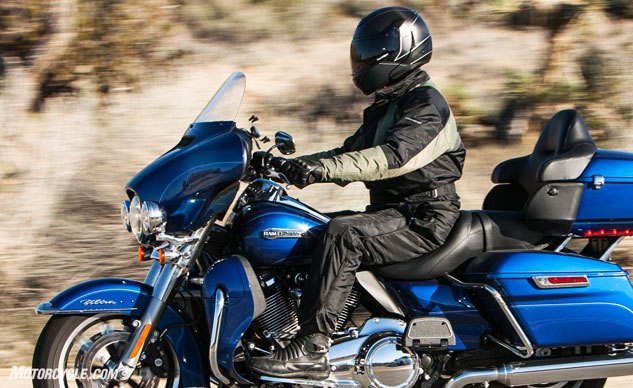
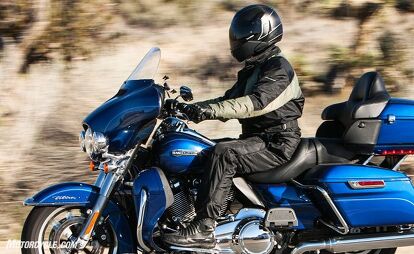











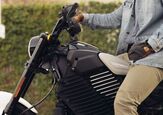
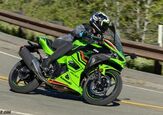

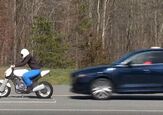
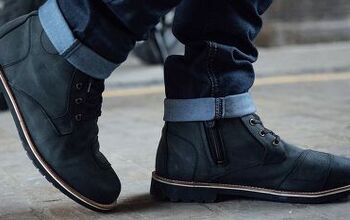
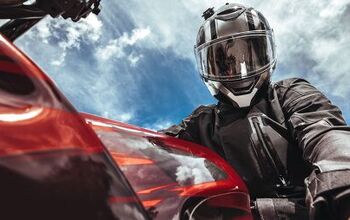
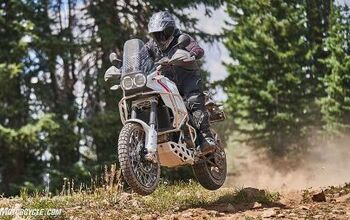
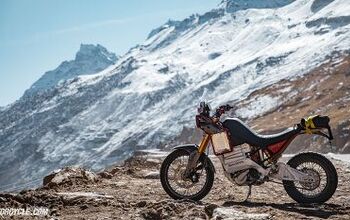
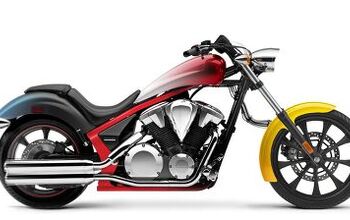
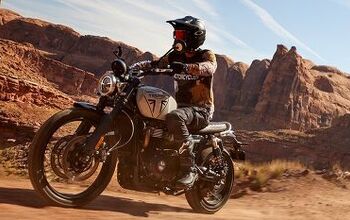

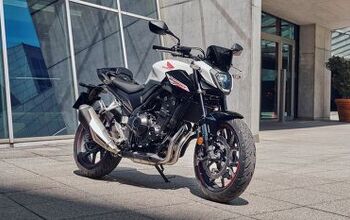
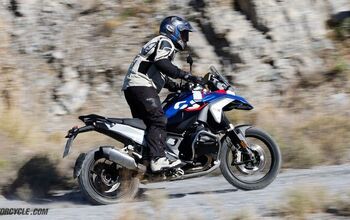
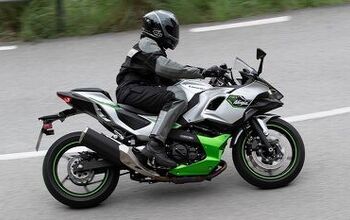
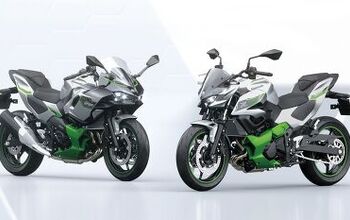
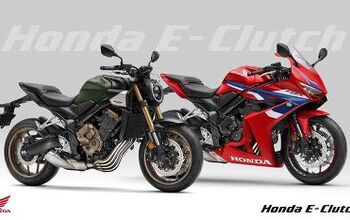
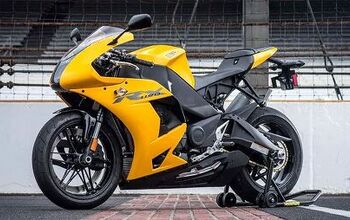
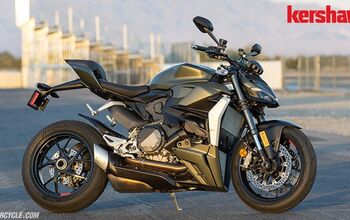
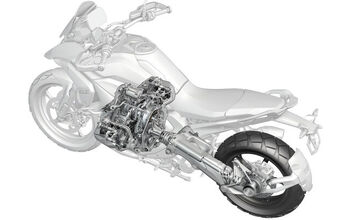
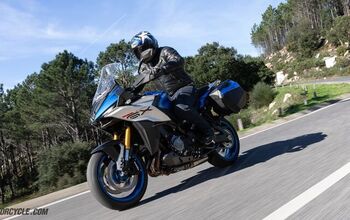

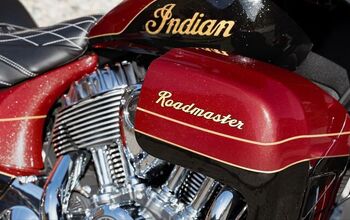
Comments
Join the conversation
Could you get one big enough to go over an Aerostich as an added cold weather layer?
Might be late to the party, but, what size did you get? I know they have a size chart but it doesn't say anything about fitment over other gear. For example, instead of purchasing other gear, I could simply use my summer mesh jacket for protection, but I don't know what size I would get.